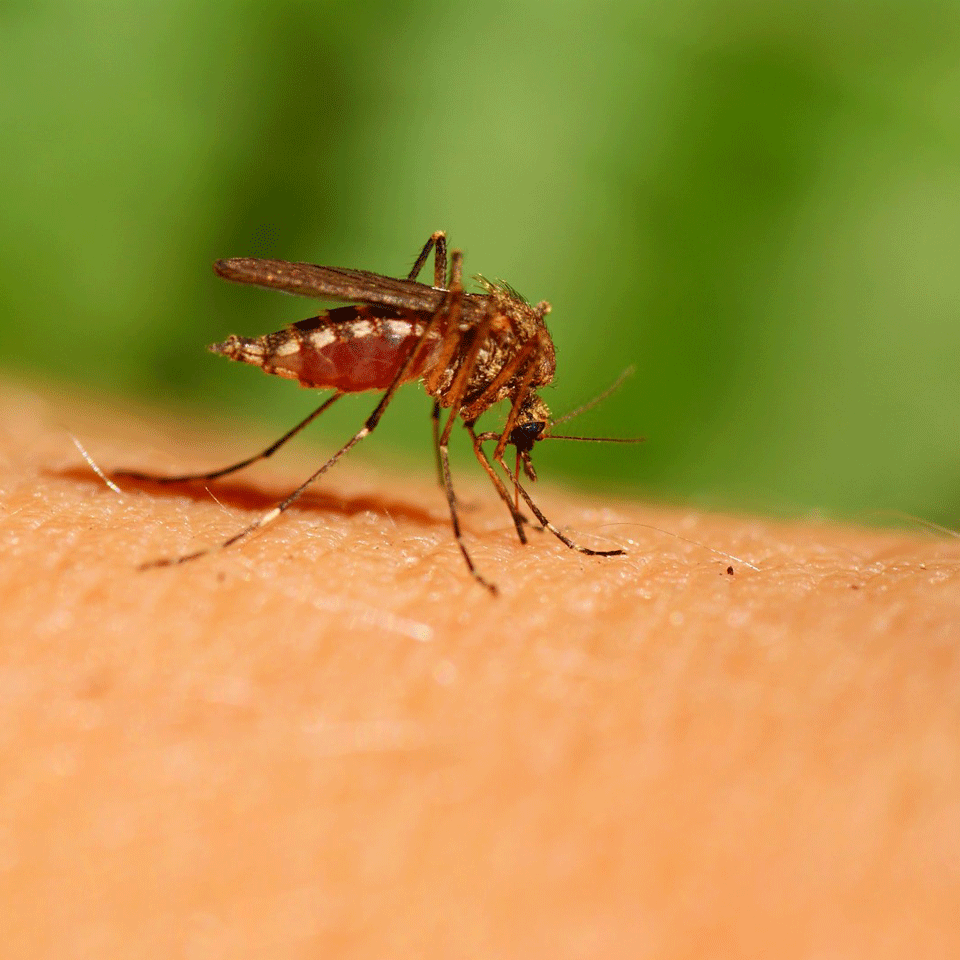
Zika virus continues to rage in the Americas, and the World Health Organization has declared it a global health emergency. Taiwan has recently issued a travel advisory for Thailand, warning expectant mothers or women trying to get pregnant to postpone their trips there. But how big of a concern is Zika virus for Asia? Here’s what you need to know:
Q: Has zika virus been a problem in the asia-pacific region in the past?
A: The disease was first identified in 1947 in a monkey in the Zika forest of Uganda. The virus has been found in Asia as far back as the 1960s. It has appeared in Indonesia, Malaysia, India, Cambodia, Vietnam, Thailand, the Philippines and Pakistan, but no widespread cases have been reported and symptoms have typically been mild and similar to dengue and chikungunya, which may have helped mask its presence. Up until the first outbreak in 2007, only 14 cases were reported globally. The outbreak occurred on the Pacific island of Yap in Micronesia, where an estimated three-quarters of the population had been infected. No hospitalizations or lasting health issues were reported. In 2013 and 2014, outbreaks again hit the Pacific, including Easter Island, the Cook Islands and New Caledonia. In French Polynesia, an increase in a neurological disorder called Guillain-Barre syndrome coincided with the outbreak. In 2015, the virus was reported in Vanuatu, Fiji, the Solomon Islands and Samoa.
Q: Are there any cases in asia and the pacific now? Are precautions being taken?
A: Thailand has reported one case, and active transmission is occurring on the Pacific islands of American Samoa and Samoa. Tonga has declared a Zika epidemic after five cases were confirmed and more than 260 suspected infections were identified. Other imported cases have popped up in the region, mostly from tourists returning from Zika endemic areas. However, many more cases have likely gone undetected or been misdiagnosed as dengue or chikungunya, which are also spread by the same type of mosquito—the Aedes aegypti—and have similar symptoms of headache, fever rash and joint pain. An estimated eight out of 10 people infected with Zika experience no symptoms at all. After a Thai migrant worker was diagnosed with the disease in Taiwan, health officials there issued a Feb. 14 travel advisory warning expectant mothers or women trying to get pregnant to put off travelling to Thailand, and for men to wear condoms after returning to avoid potentially spreading the virus via sex. But Dr. Nick White, a tropical disease expert who has researched mosquito-borne diseases for decades at Thailand’s Mahidol University, called Taiwan’s travel guidance “excessive.” He said Thailand is being singled out for having good surveillance and fast case reporting compared to other countries in the region, “but to say that it would be worse to come here than say, Cambodia, Vietnam, Myanmar, Laos, Indonesia or Malaysia, there’s absolutely no evidence of that at all,” he said.
Q: What is microcephaly and guillain-barre syndrome? How are they linked to zika?
A: Babies with microcephaly are born with small heads, and their brains may not have developed properly. The condition can lead to seizures, learning disabilities, developmental problems, cerebral palsy, vision problems and other issues. Guillain-Barre syndrome is an autoimmune disorder where the body attacks the nervous system. People of all ages can be affected. The condition causes weakness and loss of sensation or tingling in the arms and legs and sometimes elsewhere on the body. Most people recover from it, but it can cause paralysis or death. Scientists are researching the potential link between microcephaly, Guillain-Barre and Zika virus to try to understand it better.
“We don’t know enough about it,” White said, adding it’s unclear whether the exact same virus circulating in the Americas is also prevalent in Asia. “No one has identified rampant microcephaly anywhere else, so I think we need to know a lot more about it before panicking.”
Q: What can be done to prevent zika infection?
A: Experts say the same precautions to prevent dengue, chickungunya and other mosquito-borne diseases should be taken. Eliminate mosquito breeding grounds by not allowing water to collect around the home in roof gutters, flower pots or other containers. Use insect repellant and wear long-sleeve shirts, pants and socks, especially during key Aedes mosquito feeding times in the morning, late afternoon or evening. Some health agencies, including the U.S. Centers for Disease Control and Prevention, have issued guidance for pregnant women to avoid travelling to areas experiencing Zika outbreaks and for men returning from affected countries to wear condoms or abstain from sex with pregnant women. Sexual transmission of the Zika virus has occurred in rare cases. There is currently no vaccine or specific treatment for Zika virus.